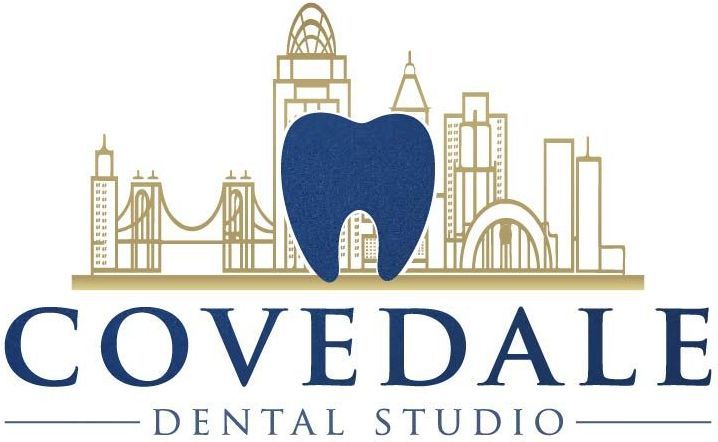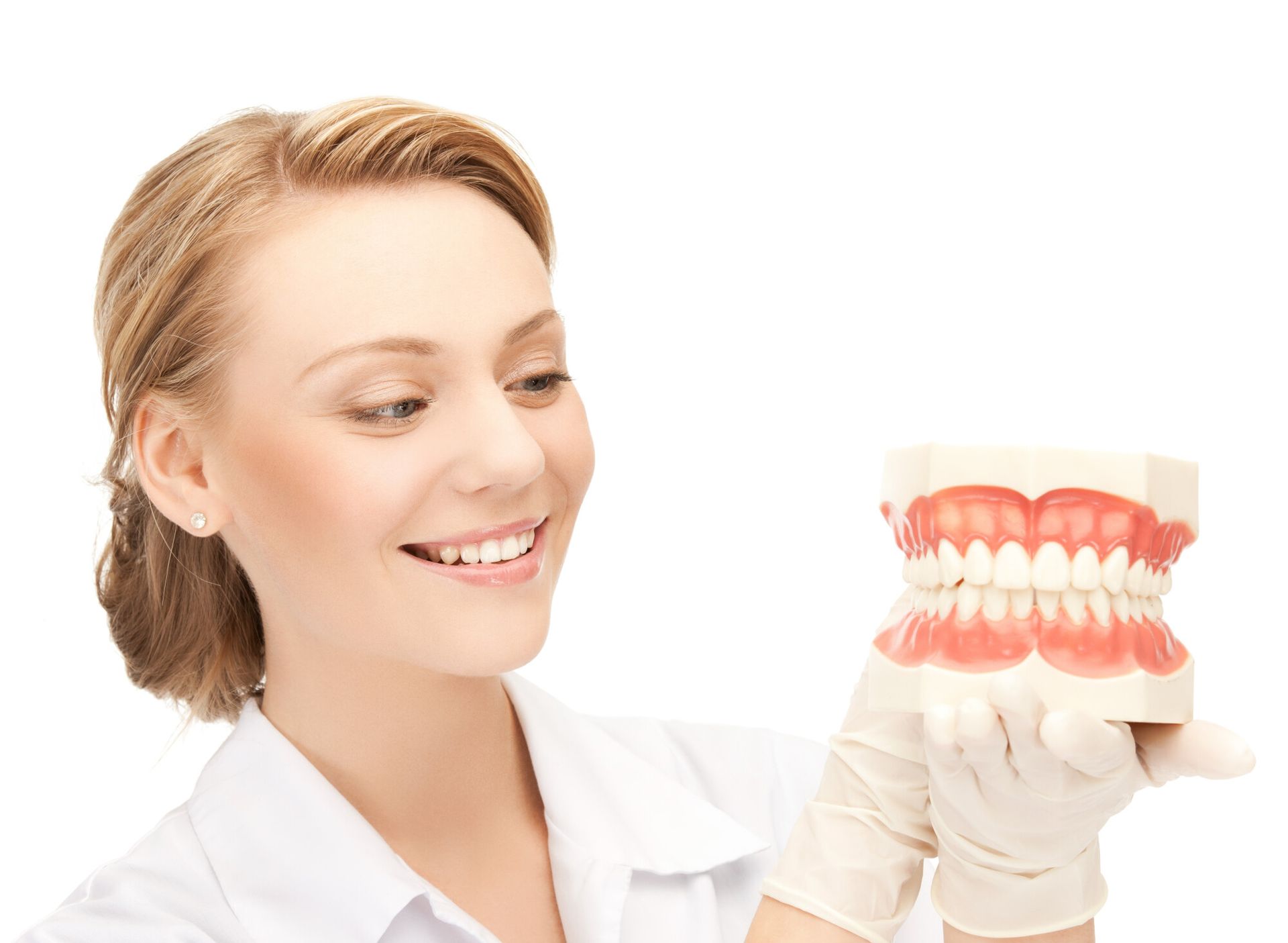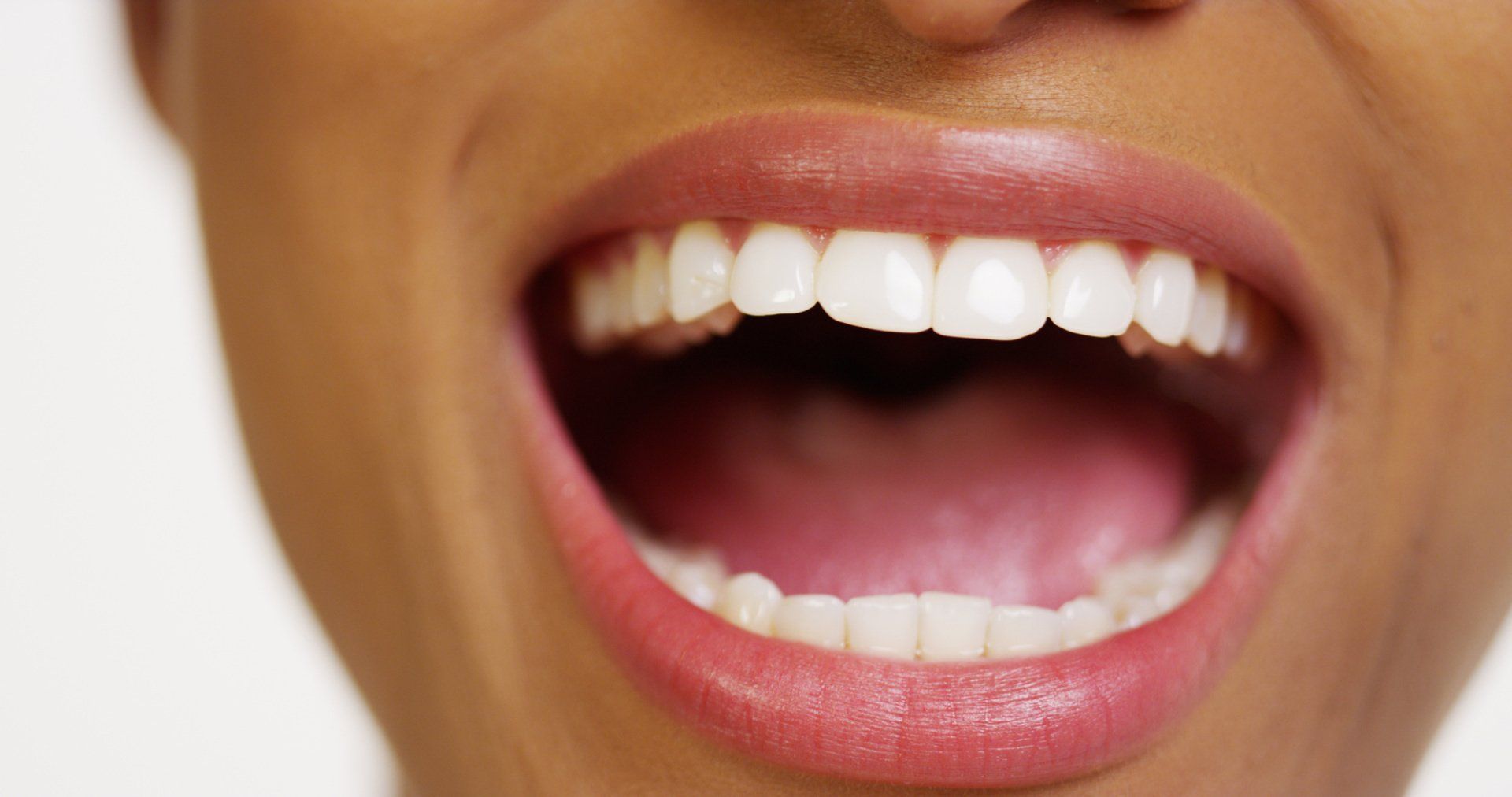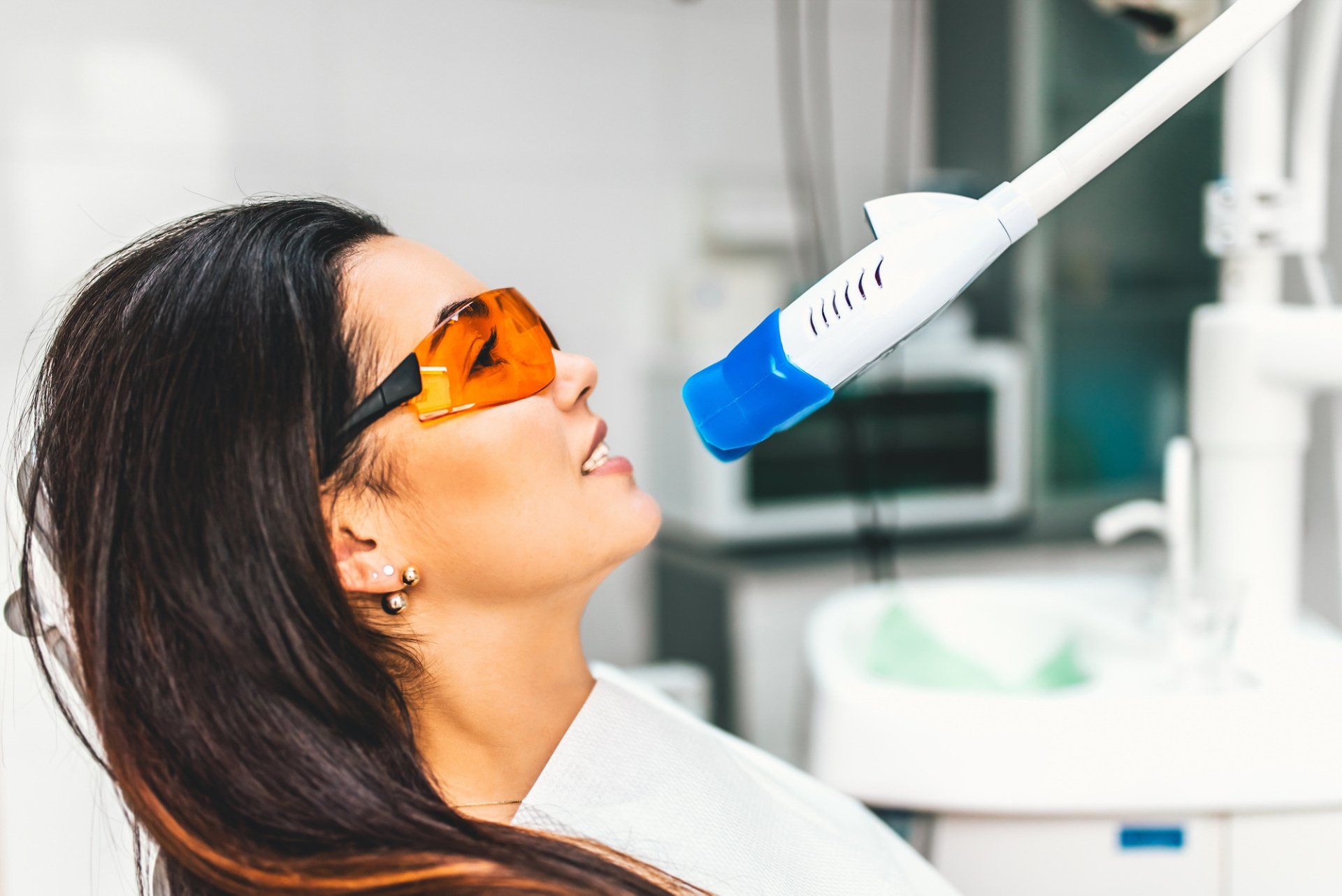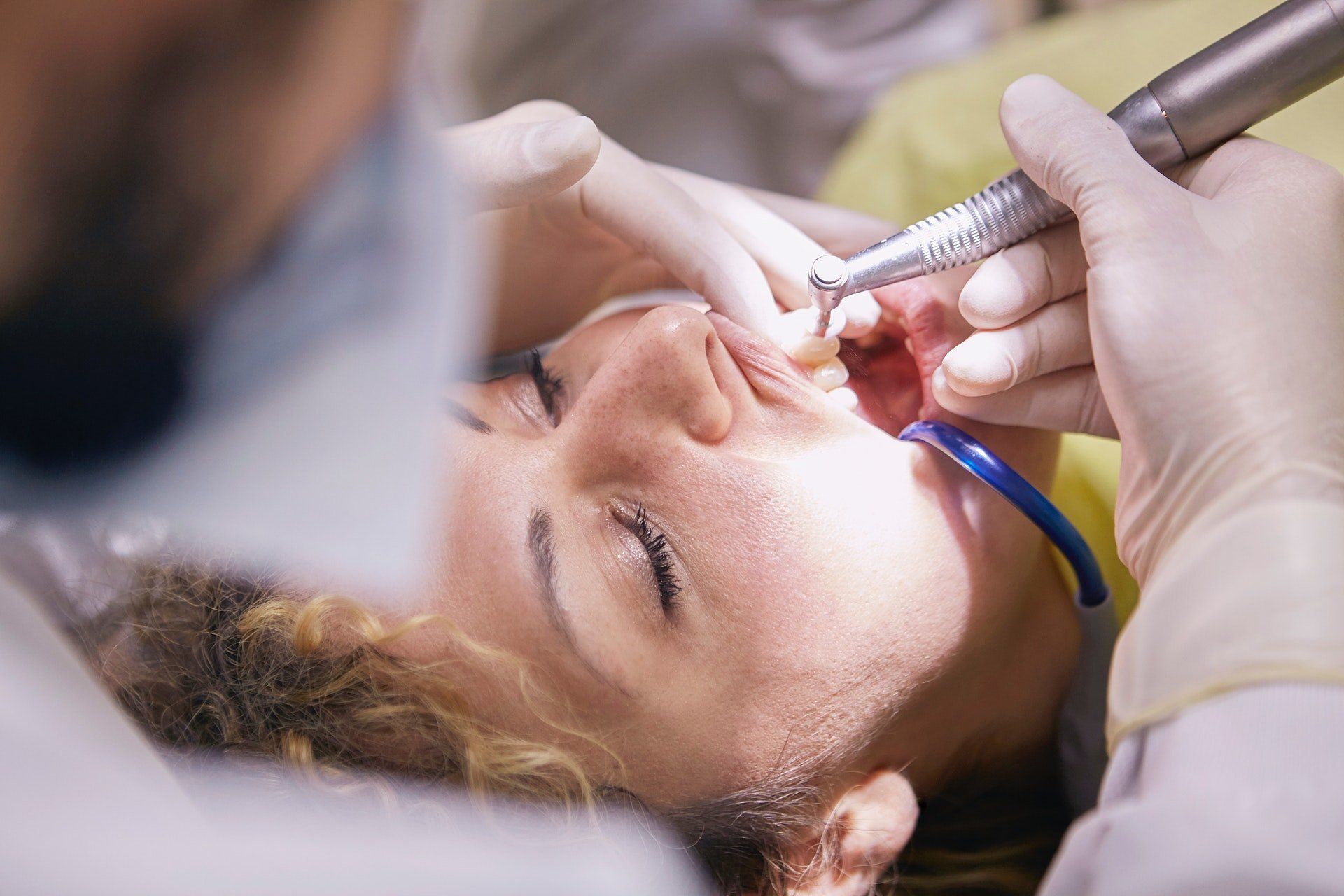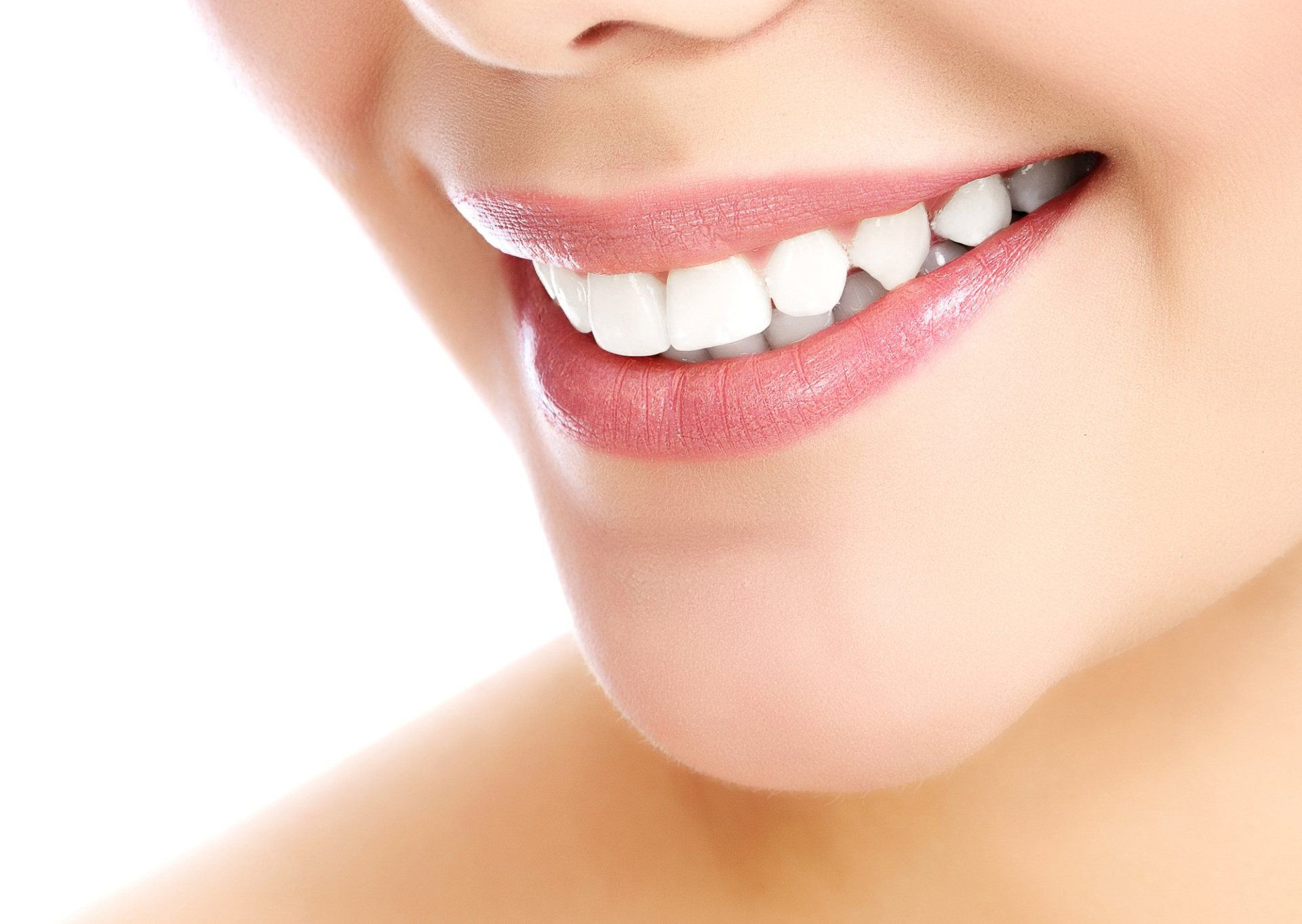Laser Dentistry: A Complete Guide
When you think of lasers, you might think of science fiction movies or cutting-edge medical procedures. But did you know that lasers are also used in dentistry?
Laser dentistry has been around since the 1960s and has evolved significantly since then. Today, dentists use lasers for a variety of procedures, including tooth whitening, gum contouring, and cavity removal.
If you've always been a little fearful of the dentists' drill, you'll love how quick and easy laser dental procedures can be. And thanks to advances in technology, laser dentistry is now more affordable than ever before. Keep reading to learn more about these advances.
What Is Laser Dentistry?
Laser dentistry is the use of lasers (a concentrated beam of light) in dental procedures. LASER stands for "light amplification by stimulated emission of radiation." It is often used as an alternative to traditional dental tools, like the drill.
That's because lasers can be more precise than these tools. Lasers can also cause less pain and swelling than traditional methods.
How Does Laser Dentistry Work?
During laser dentistry, a dentist will direct a beam of light at your teeth or gums. The light will interact with the tissue and cause it to either vaporize or break down.
There are different types of lasers for different dental procedures. For example, laser dentistry for cavities and gum surgery involves the use of hard lasers. Soft tissue lasers are typically used for procedures
like frenectomies (the removal of the frenulum, which is the small band of tissue that connects your tongue to the floor of your mouth) and gum contouring.
Is Laser Dentistry Safe?
Laser dentistry is safe when performed by a trained and experienced dentist. In fact, laser dentistry has been FDA-approved for use in dental procedures since the 1990s. Don't be afraid to ask your dentist when and where they trained on using lasers and how long they've been using them.
What Are the Benefits of Laser Dentistry?
We mentioned that there was less pain and less swelling with laser dentistry before. That's not all.
Lasers can be more precise than traditional dental tools. This means less damage to the healthy tissue surrounding your teeth or gums during a procedure.
Also, because laser dentistry is less invasive than traditional methods, you may have a quicker healing time. Another benefit is that some laser dental procedures are performed without the need for local anesthesia.
What Are the Risks of Laser Dentistry?
As with any type of medical procedure, there are some risks associated with laser dentistry. For instance, if the laser is not used properly, it could damage your tooth enamel or your gums.
You may also be more sensitive to light after a laser dental procedure. This side effect is usually temporary.
What Are Some Common Laser Dental Procedures?
Lasers are used to speed up the tooth whitening process. They are also used to remedy cavities and reshape your gums. This may be done for aesthetic reasons or to improve gum health.
They are also used to resolve periodontal (gum) disease.
Laser Dentistry Near Me
Convinced about laser dentistry and ready to give it a try? Visit the dentist in Cincinnati OH at the Hagen Dental Practice. We offer a variety of dental services, including laser dentistry.
Our trained and experienced dental staff uses the latest technology to provide our patients with the best possible care. Give us a call today to schedule an appointment.
All Rights Reserved | Covedale Dental Studio
